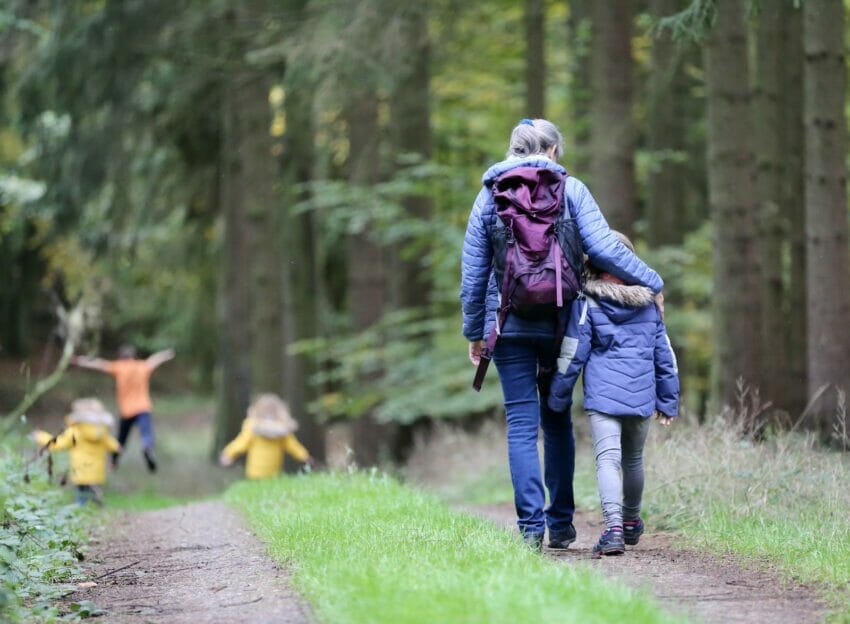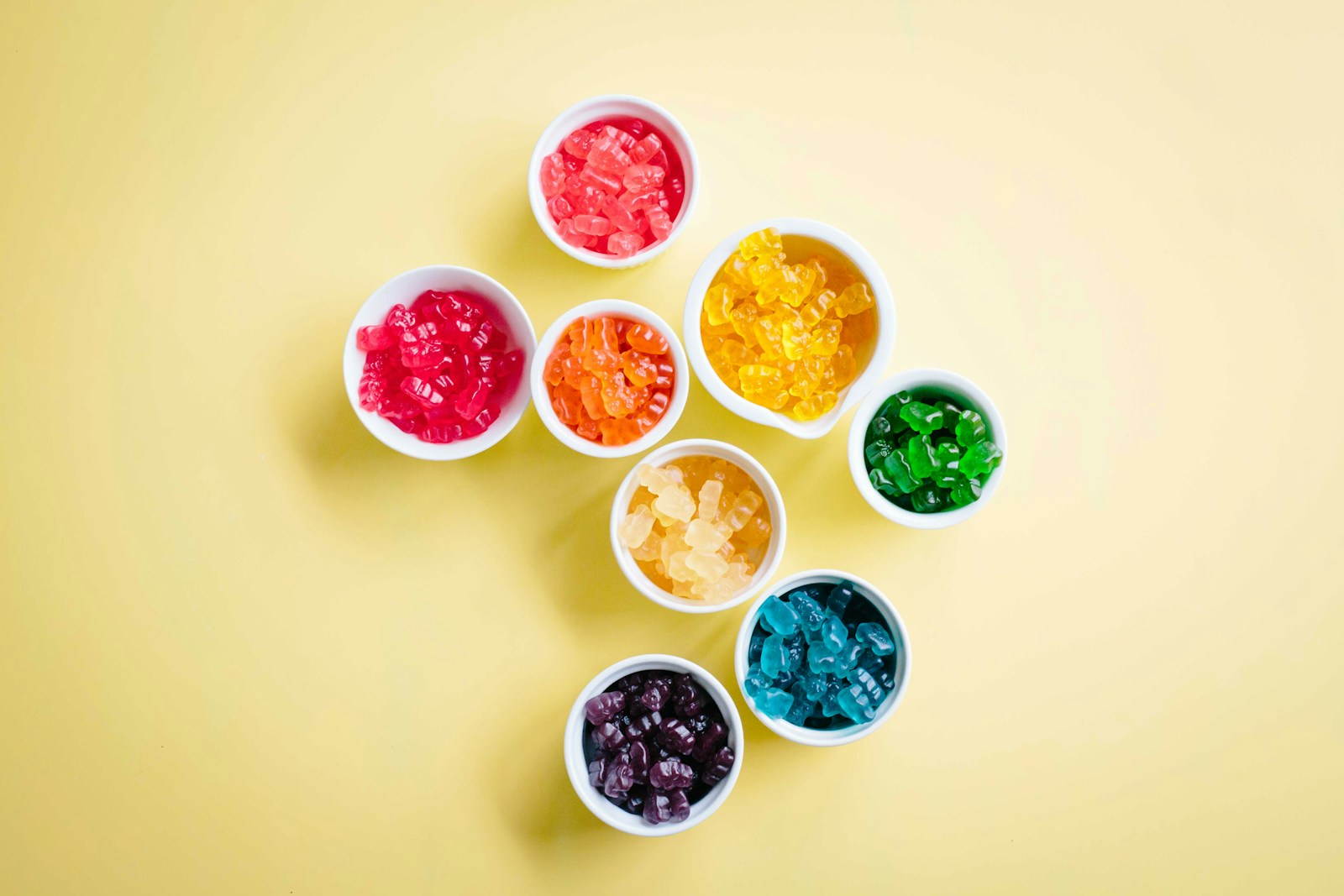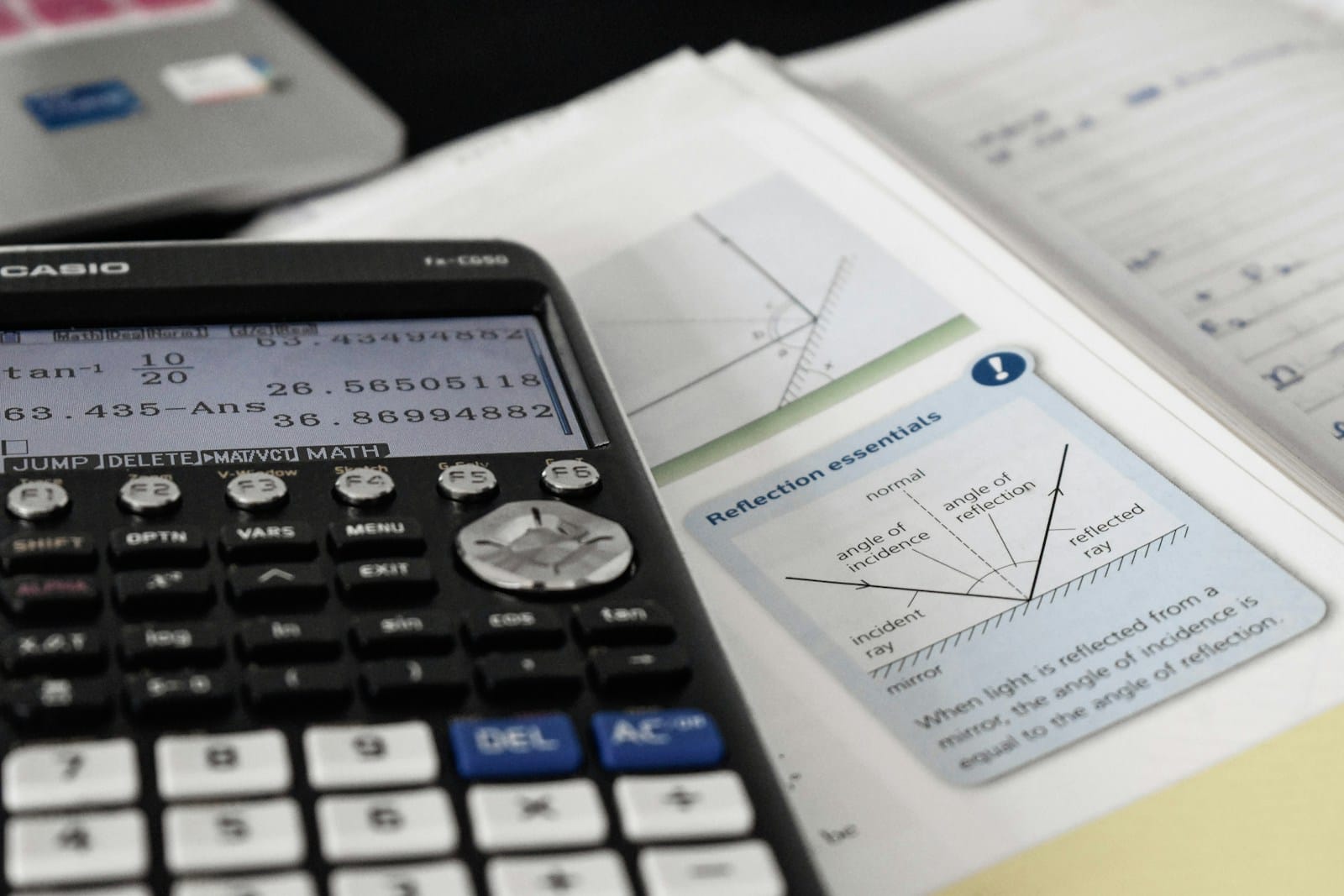There are many dangers to your kids at any time of the year. But the fall season brings its own. The days get shorter, and nights get longer, meaning visibility is reduced. And airborne viruses last longer and thrive in colder weather. From clothing to food, here are some to watch for.

Emerging Poisonous Wildlife
Every season has wildlife and natural things that thrive. Fall is no different and comes with many dangerous things in nature that can harm your kids. Mushrooms and fungi are common in many woodlands and even some urban areas, and these can be dangerous if consumed or touched. Then there are spiders, rats, and cockroaches, all of which will require expert pest control to deal with properly. Don’t take the chance, and keep an eye on what they are doing when they’re out.
Dangers to Your Kids Includes Dark Clothing
Unfortunately, a child is reported missing every 90 seconds in the US alone. However, most are found, and more often than not, they wander off somewhere or even go to a friend’s house without informing someone. This increases in fall when children wear dark clothing and the daylight hours dwindle. It can make it harder for you to keep an eye on the children effectively. If possible, dress them in brightly colored clothing and have them wear high-visibility kids’ jackets.
The Roads and Vehicles
Wandering off a little further than they should be is one thing. But this is nothing compared to what can happen if the kids wander onto the road next to a playground or school. Although cars will generally have their lights on, a sudden child on the road can end in disaster. Then, there is the possibility that the driver is distracted by something else, like their phone, or even impaired. So pay extra attention and stay vigilant if a potentially slippery road is nearby when it gets colder.
Slippery Playground Equipment
Roads can get slippery in the fall season, and so can other things. One of the biggest dangers to to your kids in the fall is hidden behind laughter and fun. Playground climbing frames, swings, and slides can develop slippery surfaces as the weather gets a bit more adverse. In most cases, you may have to deal with a grazed knee or a cut lip. But some playground frames are pretty high for younger kids, and there is always a danger that they can slip and fall from them.
Kids Not Washing Their Hands
Singing the birthday song while washing your hands is a great way to encourage kids to wash. This was made more popular during the COVID-19 pandemic. Yet there is always the need to wash your hands thoroughly, especially to avoid your kids getting ill, so here are some tips:
- Make sure the kids wash their hands before eating any meal or touching food.
- Of course, children need to wash their hands after using the bathroom.
- Kids pet animals in the fall, but ensure they wash their hands after doing this.
- Cold and flu are rife in the fall, so have kids wash their hands after visiting others.
- Their own cold and flu cause runny noses, and handwashing can help with the germs.
- Kids also come into contact with all kinds of bacteria after rainy day activities.
- Taking public transport in the fall can be a source of germs, so take hand sanitizer.
Children can’t help but touch things they shouldn’t. It’s part of their development and learning. It helps to encourage handwashing after any activity. But even using the bus can be fraught with bacterial danger, so keeping some hand sanitizer with you will help until you get home.
Piles of Dead Leaves
Childhood memories are made doing chores like raking up the leaves with Mom and Dad. It’s fun, gets the kids outside, and teaches some responsibility. But there are hidden dangers lurking within leaves on the ground. You generally can’t see what is there, and piles of leaves could contain harmful wildlife, glass or other sharp objects, and general bacteria. Having the kids do this is great, and no one is saying don’t do it. But just keep an eye on what is actually there.
Not Wearing Warm Clothing
The temperature in fall is a little unpredictable, mainly because the sun stays strong in the morning, often until early afternoon. However, it can fluctuate and feel like someone turned the heat off when a cloud blocks the sunlight. Early fall is relatively warm, but kids need warm clothing like a jacket or coat. Heading towards late fall, you must begin dressing the kids in winter clothing to prevent them from getting too cold in the wind and rain, which can hit suddenly.
Hot Food and Drinks are Dangers to Your Kids
There are many festivities in the fall, and like all seasons, food and drink changes. We go from salads and cold drinks to soups and hot cider in an instant during fall. But all this hot food poses a risk for a child. In the United States, 1 in 5 child hospital admissions is hot food and drink-related in the fall as kids get burned. Seasonal foods and drinks are amazing experiences, but just be aware that what is okay for you to consume may be too hot for a child’s mouth.
The Shorter Daylight Hours
Someone once said that nothing good happens after dark. And most crime does indeed happen in the shadows. And with the shorter days and longer nights of fall, there can be seasonal opportunities for crime. This includes crimes against children. If you are out with the kids after dark, which could even be at school pick-up time in the fall, ensure there is plenty of lighting and extra security, such as CCTV cameras, for some added peace of mind and child safety.
Summary
Wildlife, like insects and plants, can pose dangers to your kids in the fall season. Cold and flu are, of course, rampant, so ensure kids wash their hands often during this season. Also, shorter days and longer nights are a health hazard to kids because of reduced visibility and more crime.


